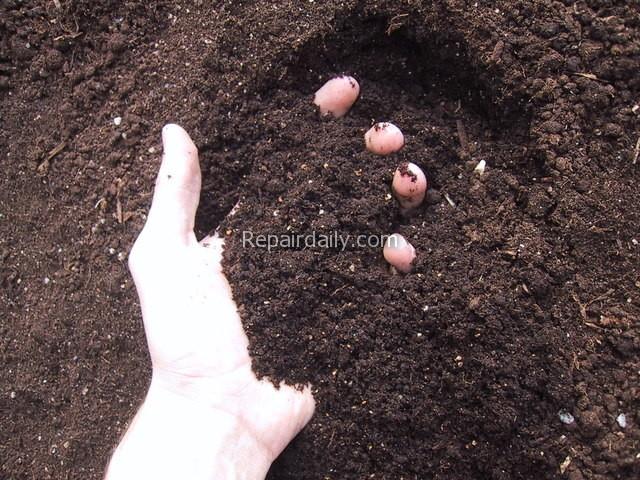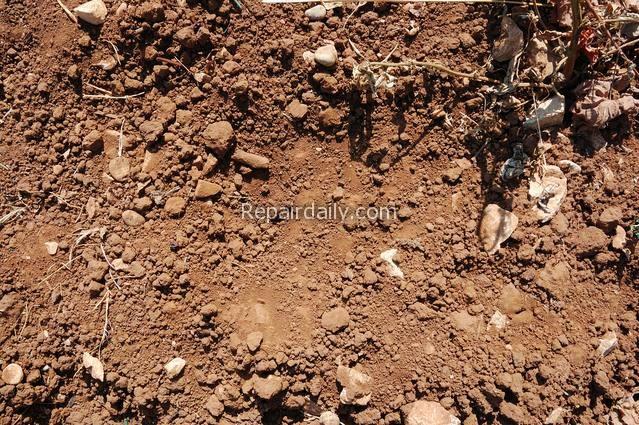
Importance Of Soil Testing

fresh-soil
The importance of healthy fertile soil is more crucial than ever. The world at large is facing one of the biggest challenges today – ensuring there is enough food for our ever-growing population. And it’s essential to understand what is in our soils through soil testing.
Soil pH
Soil pH is the measurement of alkalinity or acidity of a soil. It’s based on a scale of 0 to 14, where zero has firm acidity. On the other hand, 14 has extreme alkalinity and seven being neutral.
Also, soil pH is a crucial variable as it affects many chemical processes in soils.
Importance
Knowing the soil’s pH is important as you get to know which crops will grow and which fertilisers you can use to get the best nutrients for your plants. You’ll get an insight on how to fix the land and the amount of fertiliser needed.
Benefits of Testing Soil
Soil analysis provides further advantages aside from its pH level or which crops can grow.
1. Minimisation Of Fertilizer Expenditure
Knowing what the soil needs and its exact efficiency will result in zero wastage. It prevents farmers from wasting money on unnecessary fertiliser application.
2. Limited Overfertilization
With the minimisation of fertiliser expenditure, overfertilization is limited. Overfertilization can lead to water pollution, nutrient leaching, and even irreversible harm to aquatic life. By testing the soil, you can prevent all these adverse environmental effects.
3. Avoid Soil Degradation
Unbalanced soil management can lead to soil erosion. The livelihoods and health of people are affected by land degradation. Taking the route of soil testing will result in better soil management.

vineyard-soil
What It Hopes to Achieve
- To determine the level of available nutrients or lack of mineral.
- To increase the profitability of fertilisation.
- To provide the basis when calculating the required fertilising needs of the crop.
- To evaluate the status of the soil and determine the soil management plan.
How to Get Your Soil Tested
You can get your soil tested through any independent laboratories or local garden centres. The price may vary, but the test results provide a wealth of knowledge.
- If the land is vast, you would need a farm map or a hand-drawn map with the boundaries of the outline. Assign all fields with a number. The plan will help you in the future when receiving the test results.
- Use a soil probe, sampling tube, or trowel.
- Sample to a depth of 5 to 7 inches.
- Remove all debris, stones, or grass.
- Take about 6 to 7 samples and mix them thoroughly in a plastic bucket. There should be an approximate 1 pint of soil.
- Spread the collected sample on dry paper or newspaper. Let it dry for 24 hours, but some parts may retain moisture.
- Label the samples and send them to the lab or garden centre.
Required Tools
These are the tools and materials you’ll need to take samples.
- Map of area or land
- Garden Trowel
- Measuring Cup
- Spade
- Soil Probe
- Clean Plastic Bucket
- Soil Boxes
Words Of Caution
- Don’t take a sample from areas of manure, dead furrows, lime storage, and areas close to trees or roads.
- Don’t take samples from areas of high erosion.
- Areas with different elevation, stopping pattern, colour, and poorly drained land should be sampled separately.
Meaning Of Test Results
Soil testing was done to help farmers gain an insight on the pH level of the soil before planting any crops. The result gains further knowledge and how important it is to our livelihood. Soil tests are now encouraged, and more private laboratories are offering soil analysis.
To Our Agriculture
Soil fertility to our agriculture is essential to produce high-quality produce and sufficient production. Enough production can sustain families, livelihoods, villages, and entire societies.
To The Environment
Unknown to many, soil as a precious resource can be quickly exhausted. Mismanagement and exploitation due to lack of knowledge will lead to poor fertility and can lead to a decrease in agricultural production.
Previously fertilisers were introduced to farmers to try and fix their soil. However, the general rule of using fertilisers was not always applicable. Local weather, soil condition, and water were not taken into account, which resulted in environmental damages.
Over application of fertilisers lead to severe nutrient leaching, which causes contamination of water resources. On the other hand, under application of fertilisers resulted in reduced production.
In the last few years, soils were brought to the front line as part of our precious resources. One that has been overlooked for too long.
Long Term Solutions
Understanding and taking proper care of our soil will produce high yielding crops and in turn, continue to develop and improve our soil. Soil restoration can be costly, complicated, and time-consuming, but soil management through soil testing is a better route to take.
